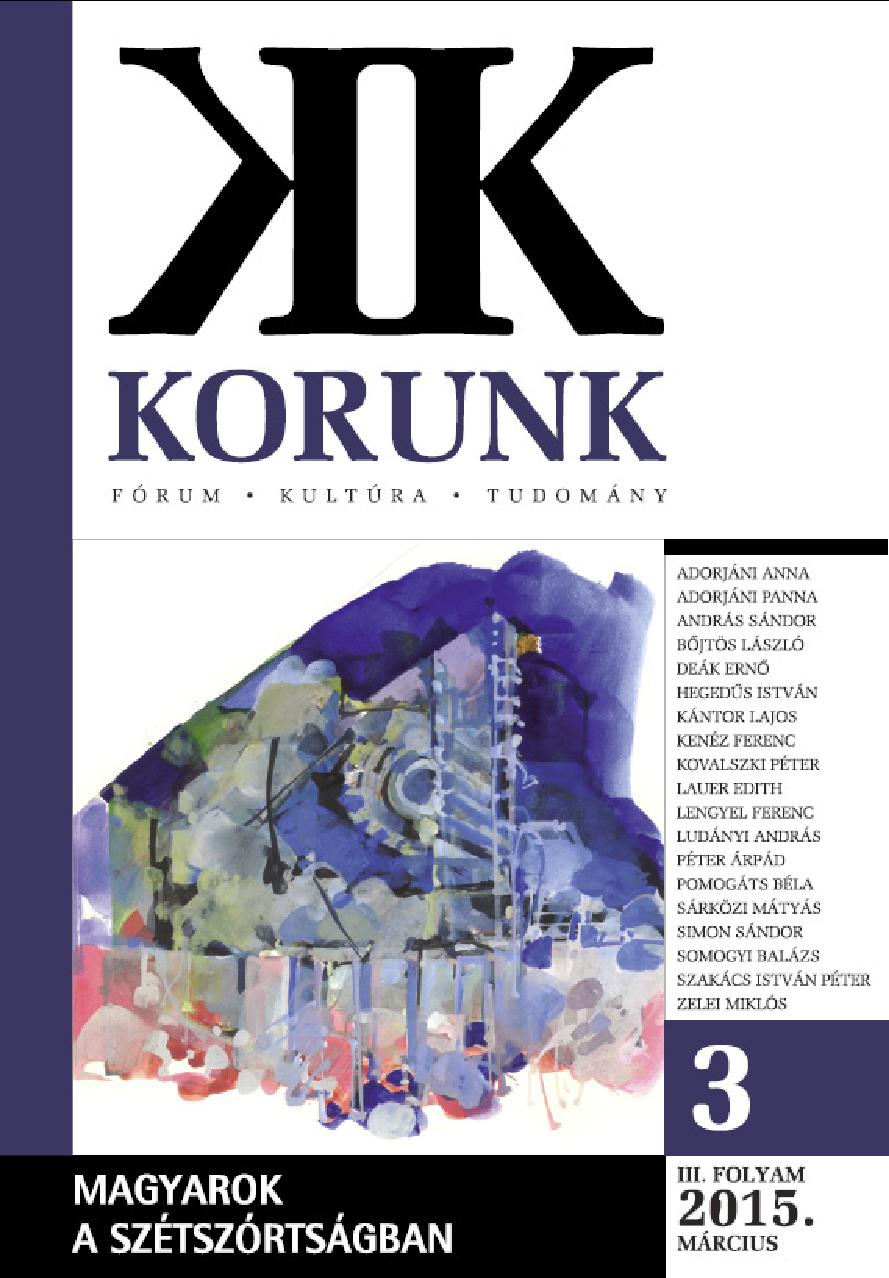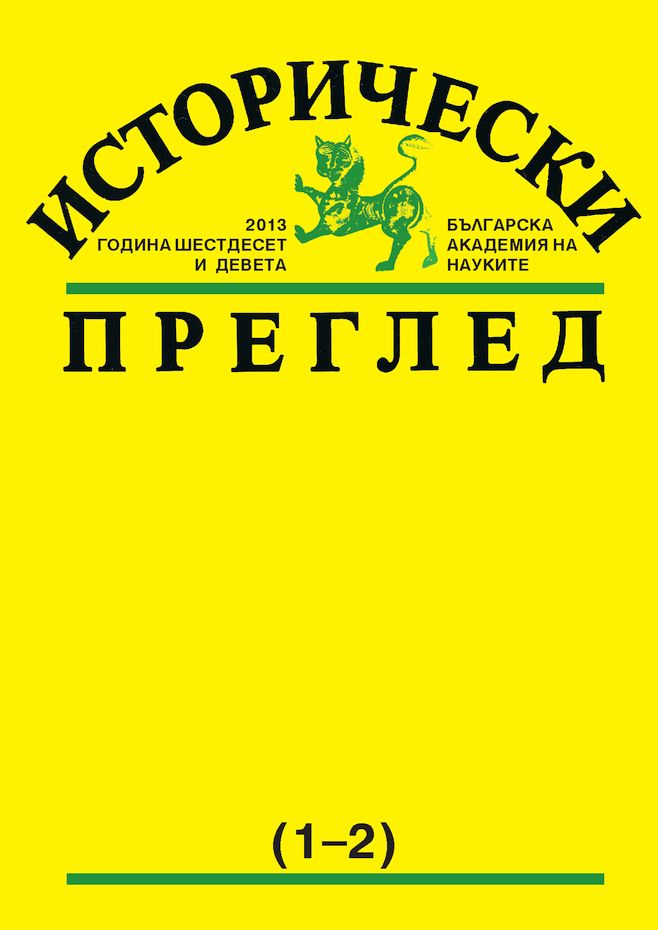


Keywords: Hungarian American Coalition; Hungarian diaspora; Community building
This special volume of the Hungarian American Coalition was released in May 2012, issued at the organization’s twentieth anniversary. From this superbly designed, stylish book we can get information on the Hungarian- American diaspora from the USA, and on the major “umbrella organization” of Hungarian emigrants. The volume describes two decades of diverse activities of the Hungarian American Coalition, the cultural, political and economic aspects of this organization – from the popular “Santa Claus dinners”, educational grants, scholarships, human rights activities, to the active participation in the programs of the US government, NATO development and the general promotion of Hungarian culture. The English-language volume was edited and written by Andrea Lauer Rice (Vice-President of the HAC), Edith K. Lauer (the first president of the HAC, currently Chair emerita) and Katica Avvakumovits (Hungarian Human Rights Foundation), and designed by Lorelei Grazier Danilchick. Registered in 1991 on August 20, with his headquarters located in Washington, DC, currently led by Maximilian N. Teleki, the Hungarian American Coalition, by this volume, gives us an exhaustive vision of how this Hungarian community is integrated into America’s diverse, multicultural society.
More...

Keywords: Hungarians; United States of America; diaspora; immigrants; emigrés
The 20th century was a time of great trials and tribulations for Hungarians throughout the world. Four historical events had particularly drastic consequences for their existence: the First World War, the Treaty of Trianon, World War II, and the 1956 Revolution. Each one of these events – as well as the collapse of the Soviet Empire in 1989 – contributed to the global dispersal of the Hungarian population. The Hungarians migrating to the USA were drawn from each of these developments. Even prior to World War I from the late 19th century Hungarians had already arrived in large numbers for economic reasons. Looking back over the preceding hundred years we can see that the migration included “immigrants” as well as “emigrés”. The former were motivated mainly by economic considerations, while the latter were political refugees or dissidents. The offspring of these migrant waves, when they were already second or third generation, however, either became assimilated into the majority population or they became members of a “diaspora” community. The emergence of the diaspora self-definition and its separation from “immigrant” and “emigré” groups begins to take hold after the 1956 Revolution. The origins of a selfconscious American-Hungarian “diaspora” is compared and contrasted with “immigrants” and “emigrés” in the United States. The English language version of this study first appeared as “The Origins of Diaspora Consciousness in the Hungarian American Experience,” in Minority Studies, 2014, 17:68-84.
More...











Keywords: Bulgarians; Banat; Austro - Hungarian Empire; literacy; statistics;
The present study aims at contributing to the clarification of the problem of spread of literacy in Eastern Europe and in particular in Austria-Hungary in the late 19th and early 20th centuries, taking as an object of study the diaspora of the Banat Bulgarians. We analyze data on their literacy or illiteracy derived from the Hungarian population censuses of 1890, 1900 and 1910 and present some characteristics of their level of (il)literacy in the context of its social aspects and its relationship with gender, age, ethnicity and migration. Our conclusions are based mainly (but not exclusively) on the data for population of age for compulsory education and over, because they reflect the degree of literacy more accurately than those relating to the total population. Banat Bulgarians, here examined in relation to the spread of literacy in Austria-Hungary, are Western rite Catholics. At that time they had already been settlers in the Habsburg Empire for a century and a half. They were refugees from the region of Chiprovtsi (Northwestern Bulgaria) who left Bulgarian lands after the unsuccessful anti-Ottoman uprising of 1688. We outline the Banat Bulgarians’ level of literacy compared to the then educational status of the population in Austria-Hungary and Bulgaria. Banat Bulgarians were characterized by a higher proportion of literates (for both sexes) than the average for the Eastern part of the Dual Monarchy – Transleithania or Hungary, and by a lower proportion of literates compared to the Western one – Cisleithania or Austria. In 1910 it was 72.7% in comparison with the 66.7% in Hungary (including Croatia-Slavonia) and 83.5% in Austria. The regional discourse of literacy is also in favor of the Banat Bulgarians: in 1910 illiteracy among men (23%) was lower than the average for Temes county (30–40%) and followed the lower limits for Torontál county (20-30%), and among women it was (30%) well below the average for both, Temes and Torontál counties (40–50%). In the envisaged period in literacy rate the Eastern part of Austria-Hungary, i.e. Hungary was lagging behind Western European countries (England, France, Germany). However, in the same time Hungary was far ahead compared with the Balkan countries, including Bulgaria, and this undoubtedly contributed to increase and maintenance of Banat Bulgarians’ good literacy and education level, especially bearing in mind they were simple peasant farmers.
More...
Keywords: Bulgaria; France; economic relations; automotive industry; Renault;
When Bulgaria decided to develop automotive industry several western companies submitted offers for cooperative production the most advantageous of them being the one of “Renault”. In 1966 a contract was signed between “Renault” and “Bulet” for building an assembly line, French deliveries of CKD and installation of Bulgarian parts and details into the product. Certain difficulties occurred in connection with the Bulgarian payments in foreign currency and the French purchases of items in exchange but Sofia believed they would gradually disappear since it was expected that bigger and bigger parts of the automobile would be manufactured in Bulgaria. Business relations developed favorably until 1969 when Bulgaria suddenly announced that the production of “Bulgarrenault” was canceled and pointed out various formal pretexts for that. Indirect data suggest that the decision to this end was taken in Moscow. The French side tried unsuccessfully to regulate the so-called “contradictions” but the negotiations proved fruitless. In 1972 the problem died away and the cooperation with “Renault” continued in other spheres.
More...
Keywords: theory of money; marxist economy criticism; economy analysis; unknown facts;
Concise notes about life and work of professor Demostenov
More...
Keywords: Medieval Bulgarians; foreigners perception;
Book Review
More...